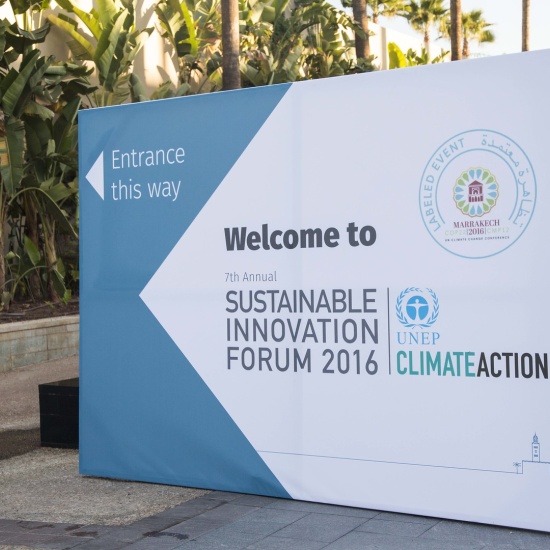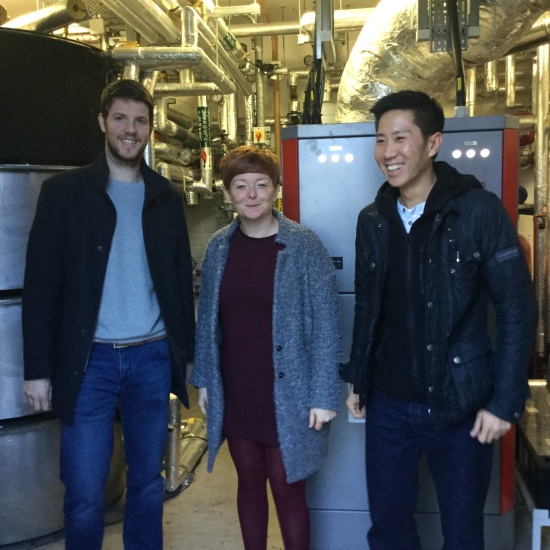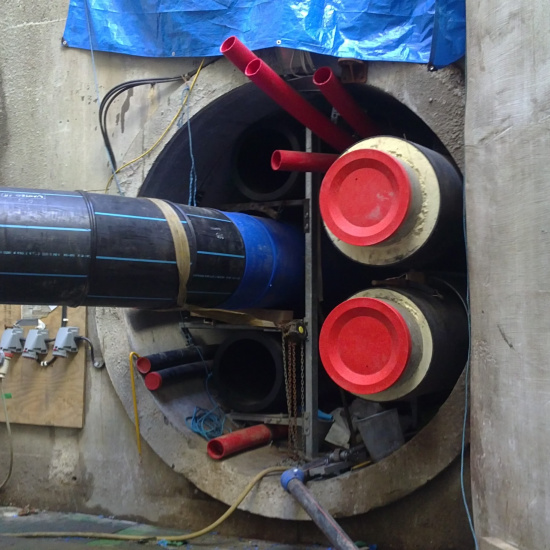Bringing our Behavioural Blind Spots into View
SEAI have published a report on everyday energy behaviours of people in Ireland from December 2022 to April 2023, giving an accurate and detailed account of travel and home energy use in Ireland.
The only blog post I've ever written was a college assignment that, thankfully, only my professor and classmates saw - it's not a medium I'm used to. When I was asked to write this post though, it got me thinking about how useful it could be. The report we have just published, the first results report from our Behavioural Energy and Travel Tracker, about everyday energy use in Ireland is long. I would argue that it is also concise. But even so, lots of people won't want to read the entire thing. Something short like this can engage more people with the material and therefore their energy use. It's old news that reducing our energy use is critical to our future. But people are often unclear about the specific energy activities that matter most.
In the clumsy college blog I mentioned, I stumbled through a list of theories of visual perception - how people come to see the world around them. One difference between theories is how they account for the human blind spot. The blind spot corresponds to an area on the retina of our eyes where there are no light-sensitive cells. This means that there is a small area in all our lines of sight that we cannot directly see - the blind spot. When you look at a line on a page that has a break in it and you bring the page forward until the break is on your blind spot, you do not see the break: the line appears continuous.
Behavioural science is, in part, about bringing our behavioural blind spots into view. Our job is to find the clearest possible picture of what people are doing and try to understand why.
The survey on which our report is based asks people detailed questions about the energy activities they did on the previous day. If they used a washing machine, they also tell us what temperature setting they used, what time of day it was, and whether it was full. If they drove their car, they share the fuel type, why they drove, how far they went, and whether they drove more slowly to save fuel. These are just examples. The point is that we are getting a very detailed picture of energy use and behaviour in Ireland, which makes answering the questions of what we need to change and prioritise much easier to answer.
What did we find?
As you might guess, the survey generates a lot of results about a wide range of activity. I've picked out three examples to put in a graph below.
Examples of prevalence of inefficient behaviours in a given day
*Note only 44% had a thermostat installed
We found that:
-
over one in five people travelled by car for a short journey in any given day (either under 2km or 5km where public transport was available).
-
about 40% of people heated empty rooms or an unoccupied home and a quarter of thermostat owners had theirs set to 21°C or higher.
-
about one in five people used a tumble dryer on a given day.
There are differences between men and women, old and young, and those on different income levels in how likely they are to do different activities in inefficient ways. We look for these differences for several reasons. One is that energy-focused communications work best if targeted at specific behaviours and groups. But importantly, they also identify the groups of people who will have difficulty changing their energy habits in the absence of bigger changes to their structural and social environment - i.e., without targeted policies that enable behaviour change. Without finding these differences, we're trying to make change in the presence of blind spots.
Some people are wary of claims about individual behaviour change, and with good reason. Those with most power to make change - governments and corporations - have most responsibility. When we note that women are significantly more likely to use a car for short journeys than men, we're not suggesting that women should simply choose to drive less. Differences in behaviour are due to a range of factors including gendered division of labour and childcare in the home, or bad infrastructure. Sometimes it is more simple: people need to drive less, but people on higher incomes need to drive a lot less!
Collective Change
While our research shows there is lots of individual wasteful activity that could be curbed, people underestimate the effort of other people relative to their own, as the graph below demonstrates.
Effort to save energy at home
Same for effort to use sustainable transport & shift electricity use away from peak times
People want to do their bit, but they have energy blind spots. For example, they tend to underestimate the carbon emissions produced by heating their home.
Government has blind spots too though. One issue is that infrastructure is frequently not good enough to enable efficient behaviour. Another is that, according to research, people want more radical climate policies. It often seems politicians think the opposite.
Much is made of the division of responsibility. But individual people, groups of people, and governments all interact to make systemic change. According to SEAI's 2023 Energy in Ireland report, around 45% of Ireland's energy use is for direct personal consumption, primarily in our homes and in our cars. But that won't be fixed by individual people acting alone.
People can take some simple actions to reduce their consumption, but governments need to put infrastructural changes in place for that 45% to meaningfully change. Individuals, groups, and governments each have their own blind spots. We need to empower and to compel each other to act differently.
Different types of everyday choices that people make, individually and collectively, have an important role to play for a better energy future for all.




